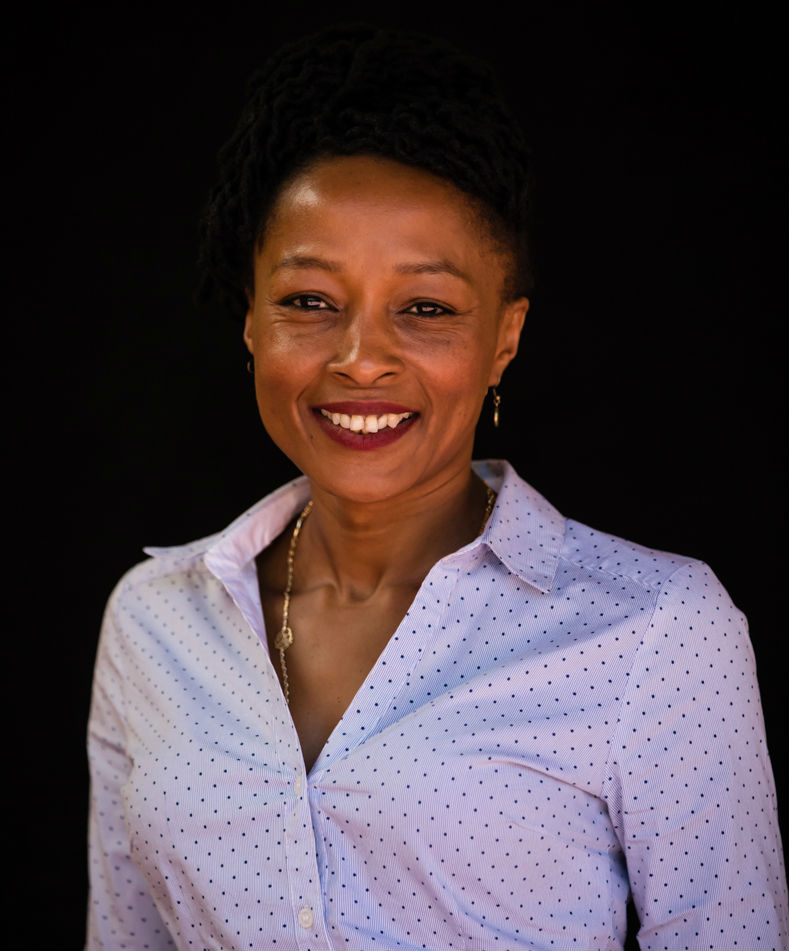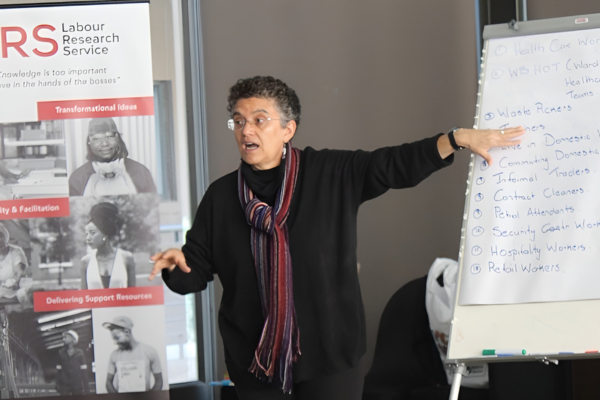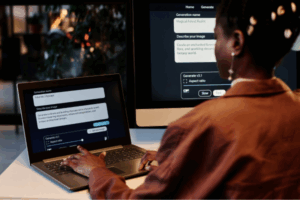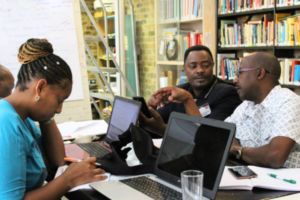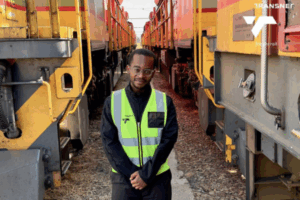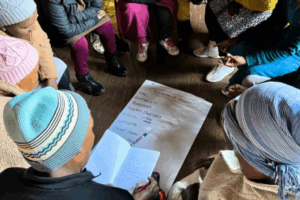Nina Benjamin, Leader of the LRS Gender Programme, reflects on our gender equality work and the emerging issues in the world of work.
Why is gender-based violence a growing focus for the LRS?
The levels of discrimination and control in society are increasing, and all working people are affected. But women experience it in a very gendered way.
It seems the kind of onslaught on women’s bodies and workplace challenges such as restructuring and retrenchments get experienced as violence on women especially. Take the healthcare and teaching sectors. It’s evident that the levels of violence are increasing in these sectors. Healthcare and teaching are often seen as ‘female sectors’ where people do reproductive work. Outsourced female workers and women in value chains don’t fare any better. Their working conditions are worsening globally.
How can labour support organisations working on GBV issues increase their impact?
What are the current funding trends for projects aimed at changing social norms?
How is the LRS Gender Equality Programme different?
The fact that we work with both men and women differentiates us. Organisations that deal with gender-based violence are normally women-only organisations. There is a lot of anger and refusing to work with men, although there are some organisations that work with men. The LRS is working in spaces where men and women are together. This is an important feature of our work. We are bringing together men and women, old people and young people, and LGBT people and migrants to find solutions to societal problems. We create one space for many stakeholders and use that as a way of modelling how to change norms. This approach has worked quite well in three of our projects where we work together with our partner, Gender at Work. In Letsema, we are supporting a community to address GBV levels in the Vaal region. In the Meadowlands Clinic Project, we have supported health sector unions to collaborate with different stakeholders to deal with GBV. And we’re supporting teacher unions to create safe schools. Thus, we are not trying to deal with gender-based violence on our own.

